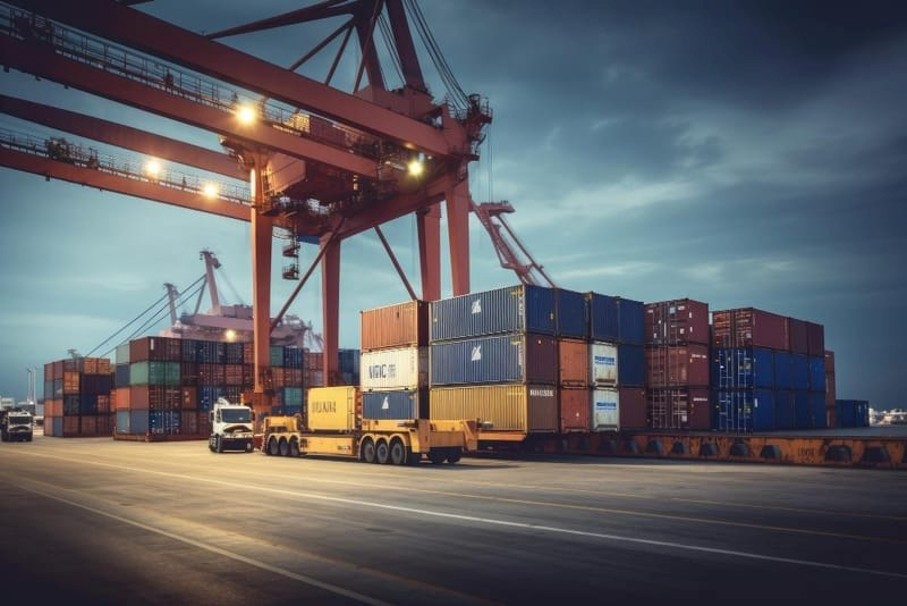Government/Policy

June 8, 2017
Trump, Ross Support Section 232 Relief for Steel
Written by John Packard
Commerce Secretary Wilbur Ross is leaning towards a Section 232 finding that national security is threatened by steel imports. On Thursday, he told a Senate Appropriations subcommittee that he believes there is “a genuine national security issue that must be considered in this case.”
Results of the Section 232 investigation are expected by the end of this month, but the administration seems to be moving even quicker toward a resolution. Ross’ comments, as well as comments by President Trump during his speech in Cincinnati on Wednesday, imply that an announcement benefiting the steel industry is forthcoming.
“Wait until you see what I am going to do for steel and your steel companies,” Trump said in his Ohio speech. “We are going to stop the dumping and stop all of these wonderful other countries from coming in and killing our companies and our workers. You will be seeing that very soon. The steel folks are going to be very happy.”
The private event held on the banks of the Ohio River was attended by steel industry leaders including Ohio-based AK Steel. Trump noted that removing burdensome regulations from businesses appeared to be even more welcomed than tax cuts. After acknowledging the love coming from the coal industry, Trump said steelworkers and oil workers will also be happy with what they see from his administration. “We’ve taken those restrictions and horrible regulations off your companies,” he said. We’re going to have clean, beautiful air and clean, beautiful, crystal clear water, but you can have your jobs also—maybe more than ever before.”
If an affirmative decision is made in the Section 232 investigation, Ross said, three kinds of action could be recommended: tariffs above and beyond the current AD/CVD country-specific duties; quotas limiting the volume of imports; and a hybrid “tariff-rate quota” for specific products with tariffs on volumes that exceed the maximum allowed.
“The overall impact on inflation, were that to be the route, should be relatively modest,” Ross said. “So, we’re very mindful of the need both to protect the domestic steel producers from inappropriate behavior on the part of foreign dumpers, but also to protect the steel consumers, the steel fabricators, the auto companies and everybody else who uses steel.”
Lewis Leibowitz, a Washington trade attorney, believes the administration favors the tariff-rate quota approach, which would have the least impact on inflation and the cost to steel users. “Importers are very apprehensive that any announcement could catch shipments ‘on the water’ that can’t be diverted. That could drive importers out of business as customers cancel orders. The TRQ would at least defer the ‘bite’ of the remedies until after the shipments in transit have arrived,” he said.






